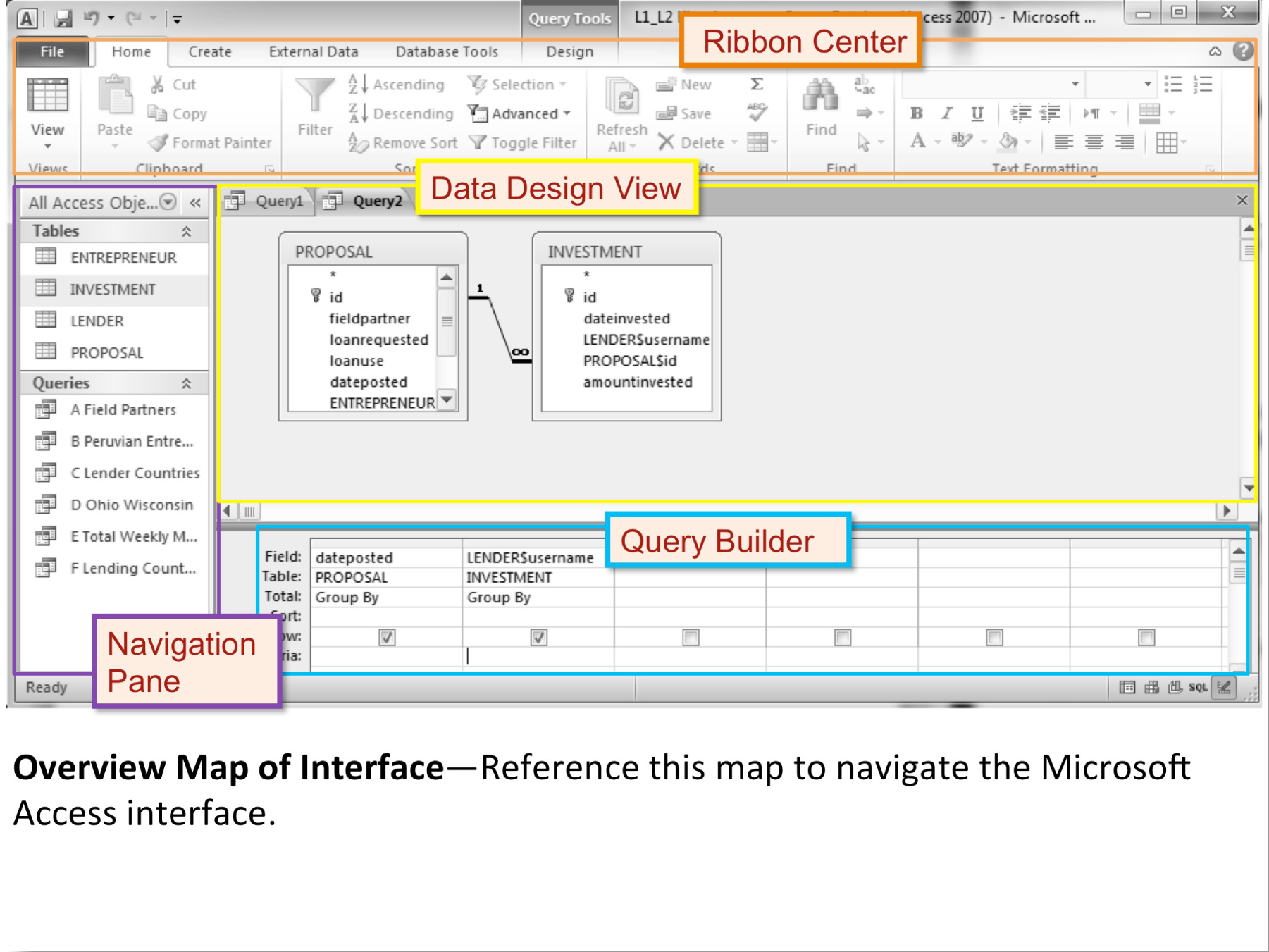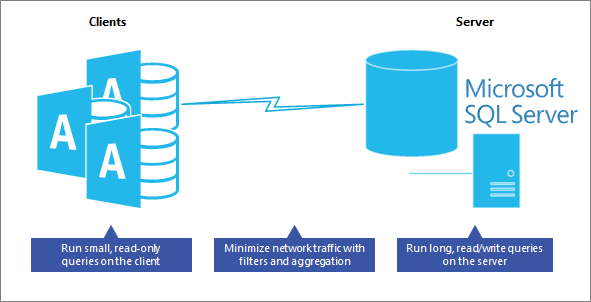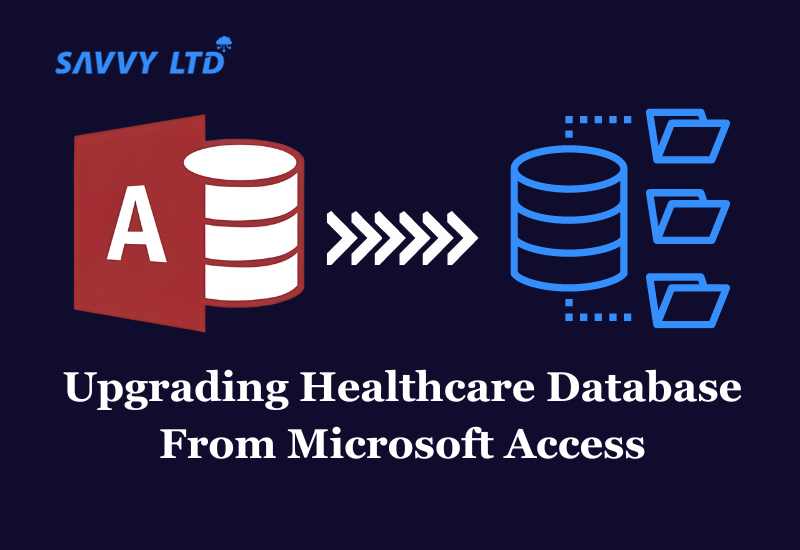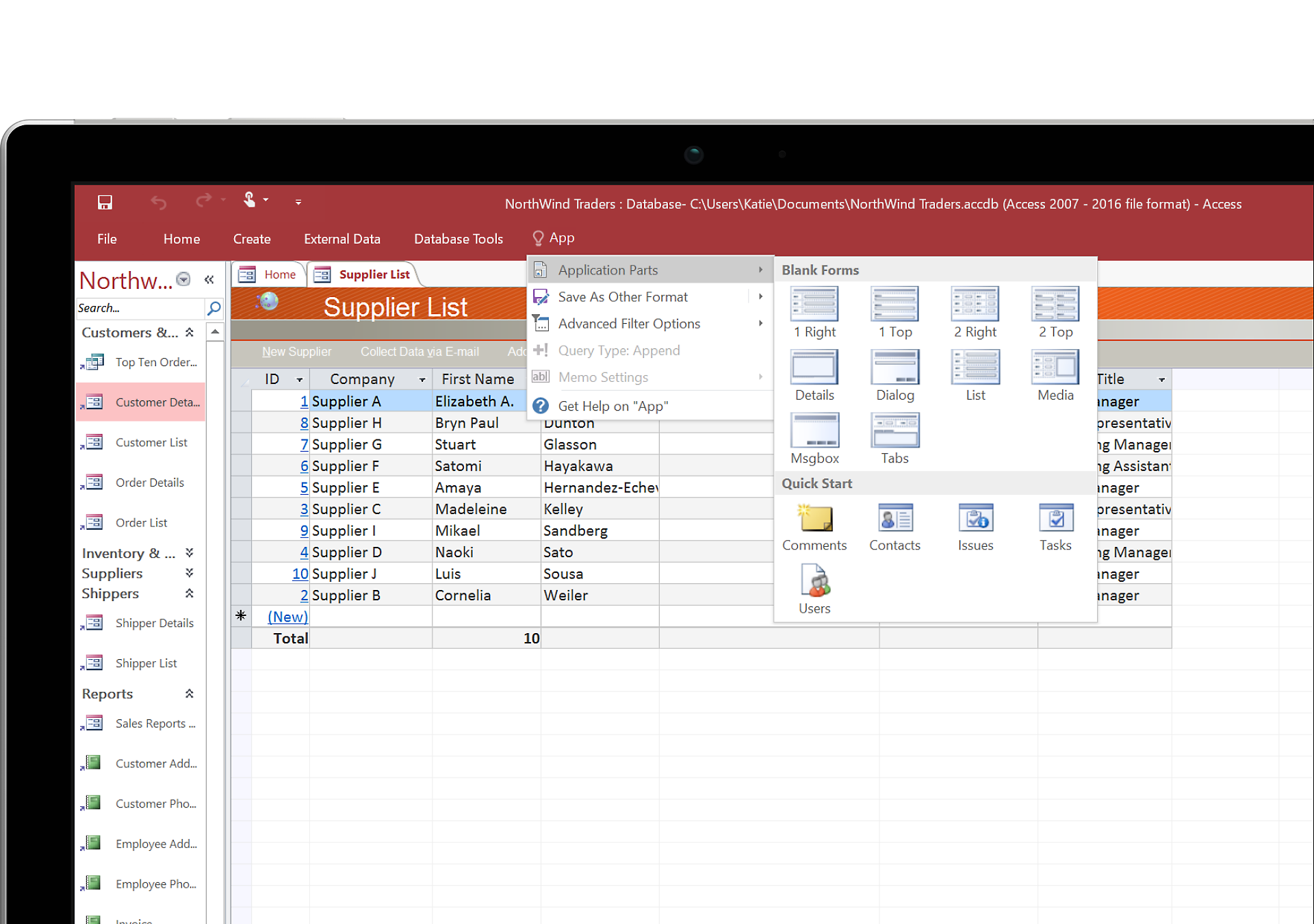Today, hospitals and clinics are using lots of technology to help patients. They have apps, computer programs, and gadgets that are all connected through the internet, making a big network of information. This helps doctors give better treatment and saves time on paperwork. It also lets patients take more control of their health.
Most of the healthcare providers are using Microsoft access for their databases and it unfortunately can’t handle large amounts of data well, which is a problem in healthcare where there’s a lot of information.
While boasting an 8.84% market share and serving over 53,000 customers, MS Access still presents certain limitations that warrant consideration before selecting it for your database requirements.
That’s why it’s important to upgrade healthcare databases from Microsoft Access. By switching to better and safer database systems, healthcare organizations can solve these problems and keep patient information secure.

Challenges in Healthcare Data Management and the Need to Upgrade from Microsoft Access
Health data comes from many places like wearables, clinics, and patient records, making it complex to manage. This creates significant challenges, especially considering its unstructured nature. That’s where we come in.
Savvy helps upgrade your database by organizing and improving the way your health data is stored. With our help you can handle all this data more efficiently and effectively.
Five Major Challenges in Healthcare Data Management:
-
Integration and Interoperability:
Healthcare data is spread across different systems, making it hard to understand patient health fully. Integration and interoperability are essential for better data management. They do this by bringing different healthcare systems or data sources together so they can easily share information with each other.
-
Security and Privacy:
Protecting sensitive healthcare data from cyber threats is crucial. Robust encryption and strict access controls are needed to keep patient information safe.
-
Storage and Maintenance:
Managing the growing amount of healthcare data requires strong storage solutions and regular maintenance to prevent data loss or corruption.
-
Big Data Analytics:
Extracting useful insights from large healthcare datasets can improve patient care and operations. However, this requires advanced analytics tools and expertise.
-
Accessibility:
Balancing easy data access with tight security measures is tricky. Healthcare organizations must ensure authorized users can access data while keeping it secure.
Microsoft Access Database Limitations:
Microsoft Access, a popular Relational Database Management System (RDBMS) for small to medium-sized databases, offers various benefits alongside limitations. Microsoft Access has limitations that hinder its use in managing healthcare data effectively.
These limitations include:
Data Size Constraint:
Microsoft access imposes a maximum file size limit of 2 Gigabytes (GB), hindering management of large datasets. Large data volumes can lead to performance issues and potential data corruption.
Concurrent User Restriction:
Limited to 255 simultaneous connections, Access may struggle in scenarios requiring higher concurrency. Scaling for increased concurrent users can be challenging, necessitating consideration of alternative systems.
Performance Degradation:
As database size grows, Access performance declines notably. Complex queries or joins with large tables may become resource-intensive and time-consuming.
Limited Scalability:
Designed for small-scale applications, Access may falter with growing user numbers or data complexity. Systems like Microsoft SQL Server are preferable for scalability needs due to their advanced features.
Integration Challenges:
Integrating Access with external systems may require additional development effort due to its desktop-centric nature. Solutions with better integration capabilities, such as Microsoft SQL Server, should be considered for seamless integration needs.
Reliability and Data Integrity Risks:
Multi-user environments pose a risk of data corruption, especially in scenarios like power failures or network issues. Regular backups and adherence to best practices are crucial for mitigating data integrity risks.
Lack of Advanced Functionality:
Microsoft access lacks advanced functionalities compared to enterprise-level systems, requiring additional tools for complex data analysis and reporting.
Integration with tools like Microsoft SQL Server Reporting Services or MYSQL can compensate for these limitations.
Reasons For Upgrading Healthcare Databases From Microsoft Access
Enhanced Data Security:
Upgrading to a more advanced database system provides enhanced data security measures. This includes features such as advanced encryption, authorization controls, and audit logs.
These measures help protect patient data from unauthorized access or breaches, increasing the overall security of the healthcare database.
Improved Scalability:
As the healthcare industry continues to grow and generate more substantial volumes of data, it becomes essential to have a database system that can handle the increasing demands.
Access databases may have limitations on the amount of data they can handle and the number of users that can access them simultaneously.
Upgrading to a more scalable database system allows for better handling of large datasets and increased user capacity.
Access to Advanced Features:
Upgrading to a more powerful database system introduces a wider range of advanced features. These features can enhance data analysis and reporting capabilities, automate processes, and improve overall database management.
For example, more sophisticated query capabilities, data visualization tools, and machine learning algorithms can facilitate improved decision-making and efficient healthcare operations.
Compliance with Regulatory Standards:
The healthcare industry is heavily regulated, and adherence to strict standards such as the Health Insurance Portability and Accountability Act (HIPAA) is mandatory. Upgrading healthcare databases helps organizations comply with these regulations by implementing necessary security features like encryption and access controls.
It also ensures that the database system can generate proper audit logs and track user activity, which are crucial for regulatory compliance.
Steps Involved In Upgrading Healthcare Databases From Microsoft Access

Assessment of current database infrastructure:
The first step in upgrading healthcare databases from Microsoft Access is to conduct a thorough assessment of the current database infrastructure.
This involves evaluating the current database schema, data structure, performance issues, security measures, and any limitations or constraints of Microsoft Access.
Understanding the existing setup helps in identifying areas that need improvement and determining the requirements for the new database system.
Selection of alternative database management system:
After assessing the current database infrastructure, the next step is to choose an alternative database management system that better aligns with the healthcare organization’s needs.
Factors to consider when selecting a new system include scalability, security features, compliance with regulatory standards, data analysis capabilities, cost-effectiveness, and ease of integration with existing systems.
Common database systems used in healthcare include SQL Server, Oracle, MySQL, and PostgreSQL.
Data migration planning:
Once the new database management system has been chosen, the next step is to develop a detailed data migration plan.
This plan outlines the process of transferring data from the existing Microsoft Access database to the new system, ensuring data integrity, consistency, and minimal disruption to operations.
Data migration planning involves mapping data fields, defining data transformation rules, identifying data cleansing requirements, and establishing a timeline for the migration process.
Testing and validation:
Before fully implementing the new database system, thorough testing and validation are crucial to ensure that the data migration process was successful and that the system functions as expected.
Testing involves running queries, generating reports, performing data integrity checks, and validating the accuracy of the data migrated from Microsoft Access. Any issues or inconsistencies discovered during testing should be addressed and resolved promptly.
Implementation and deployment:
The final step in upgrading healthcare databases from Microsoft Access is the actual implementation and deployment of the new database system.
This involves executing the data migration plan, loading data into the new system, configuring user permissions and security settings, and integrating the database with other healthcare IT systems as needed.
Training staff on how to use the new database system effectively and providing ongoing support are essential for a successful implementation.
Quick Comparison of Alternative Options
Differences between MS Access, MS SQL Server and MYSQL:
Usage:
- MS Access: Typically used for home or small business applications, suitable for handling small numbers of users and data requests.
- MS SQL Server: Designed for enterprise applications, capable of handling several hundred or thousands of users simultaneously, making it ideal for healthcare databases.
- MySQL: Generally offers better performance, particularly with complex queries and large datasets.
Features:
- MS Access: Offers features like data-mining queries, form and report creation, and data updating through queries and macros, suitable for smaller applications.
- MS SQL Server: Provides advanced features critical for medium to large-scale businesses, including Analysis Services, Reporting Services, and advanced database admin tools.
- MYSQL: MySQL enables programmers to utilize SQL for creating, modifying, and extracting data from relational databases.
Applications:
- MS Access: Suitable for small businesses or individuals managing data without a full-fledged DBMS, ideal for use within Microsoft Office suite applications.
- MS SQL Server: Preferred by larger businesses needing to manage and store data in an enterprise environment, commonly used for business inventories, corporate CRMs, and healthcare databases.
- MYSQL: Data is organized into separate tables instead of being stored in a single repository, ensuring efficient storage and retrieval. The database structure is designed with optimized physical files to enhance speed and performance.
Data Storage and Translation:
- Both MS Access and MS SQL Server store data in relational database formats, with the ability to translate data between different formats, facilitating easy integration with other applications.
- MySQL utilizes a client-server architecture, storing data in separate files on the server and accessed through a client application.
Security:
- MS Access is considered less secure compared to MS SQL Server, which offers enhanced security features.
- On the other hand, MySQL offers robust security features including strong authentication, advanced encryption, and access control.
MS Access is user-friendly and suitable for smaller datasets, MS SQL Server and MYSQL offer robust features, enhanced security, and scalability, making them the preferred choice for larger enterprises like healthcare requiring advanced database management capabilities.
Take Away
Upgrading healthcare databases from Microsoft Access can be a transformative decision. Upgraded databases not only streamline operations and workflows by automating tasks like data entry and patient case prioritization, but they also enhance the speed of the website. This improvement facilitates more efficient workload distribution and ultimately results in enhanced patient care. It also improves data integrity by reducing the risk of data loss or corruption, ensuring accuracy and completeness while eliminating errors in manual data entry.
If you are looking to upgrade from Microsoft access, check Savvy Ltd. out. We help healthcare departments migration safely upgrade their Microsoft Access Databases, contact us today for a free consultation.


